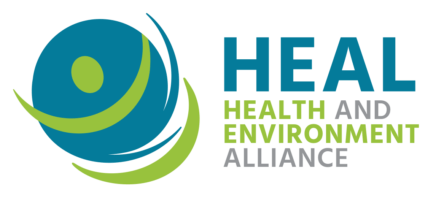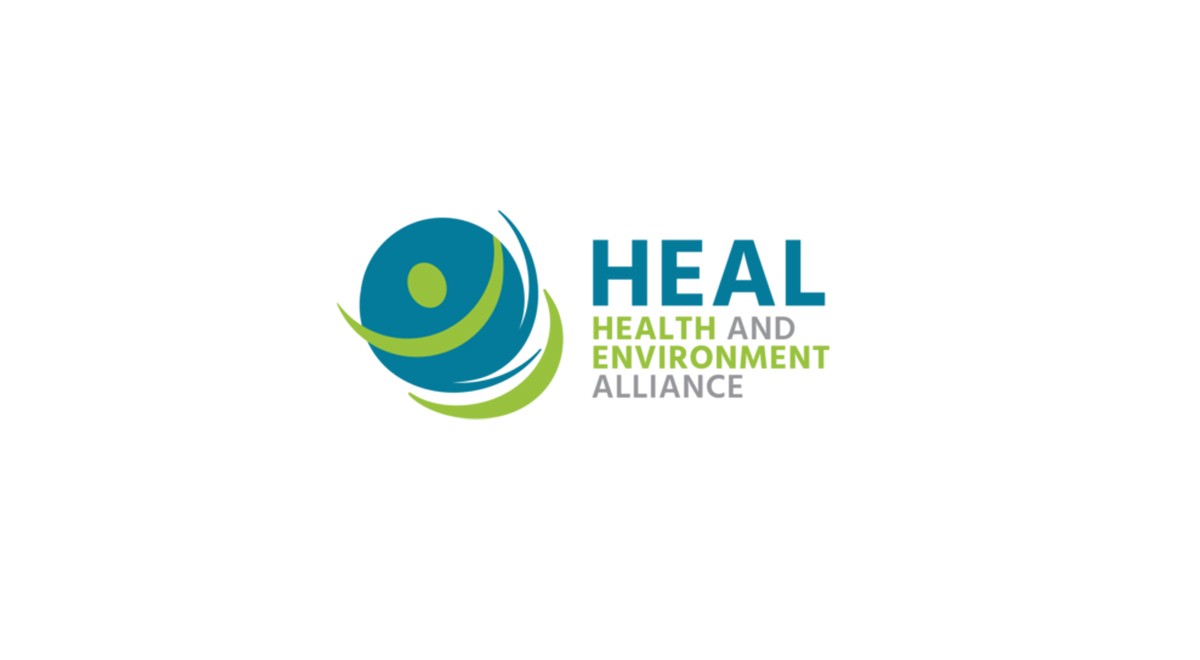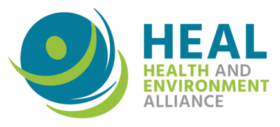To raise awareness of the impacts of PFAS on human health, HEAL is organising a series of three webinars in October 2024, each focusing on a different health impact of PFAS. The first webinar on 10 October focuses on impacts on the immune system. The subsequent webinars will focus on cancer and the impacts of exposure in early life and pregnancy.
The Health and Environment Alliance (HEAL) is honoured to be a stakeholder in a new research project on the development of methods to identify endocrine disrupting chemicals (EDCs) that are toxic to female reproduction, which was launched on 1st January 2019 and will last for five years.
The project “Female Reproductive Toxicity of endocrine disrupting chemicals – A human evidence based screening and identification approach” – also referred to as FREIA – is coordinated by the Vrije Universiteit Amsterdam (VU Amsterdam) and will be carried out by eleven universities and research institutes across Europe and the US. It is part of a series of research projects funded by the European Union under the Horizon 2020 programme that aim to increase the knowledge about EDCs’ modes of action and develop adequate testing methods to identify them.
“The lack of test methods and good biomarkers to assess the effects of chemicals on female reproduction is stunning”, explains Majorie van Duursen, Professor of Environmental Health and Toxicology at the VU Amsterdam. “We know from experimental studies that exposure to endocrine disruptors during hormone-sensitive stages in a woman’s life, from in the womb to puberty, can have long-lasting effects and affect fertility.”
The focus of the project on the development of tests to screen and identify EDCs that are toxic for female reproduction makes it particularly unique and will be of considerable added-value to increase knowledge about reproductive disorders born by women. In comparison to the links between EDC exposure and male fertility disorders, there is surprisingly little knowledge about EDC exposure in relation to female reproduction. This is even more surprising as women are increasingly experiencing difficulties in getting pregnant or carrying pregnancy to term and as pregnant women and their children are considered particularly vulnerable to EDCs.
“By allowing improved screening and identification of those endocrine disruptors that have an impact on female reproduction, the project will allow for more protective regulation in the future and improved disease prevention among women – which is the ultimate driver of HEAL’s advocacy work on EDCs,” says Natacha Cingotti, Senior Health and Chemicals Policy Officer at HEAL.
HEAL has been calling for improved EDC testing as one of the essential components of the expected facelift of Europe’s strategy on endocrine disruptors. Better methods to screen and identify EDCs are essential to improve and expand European regulations of several products that contain those chemicals (for example, cosmetics or food contact materials among others) and better implement those that are already in place – including the recently agreed identification criteria for ED pesticides and biocides.




